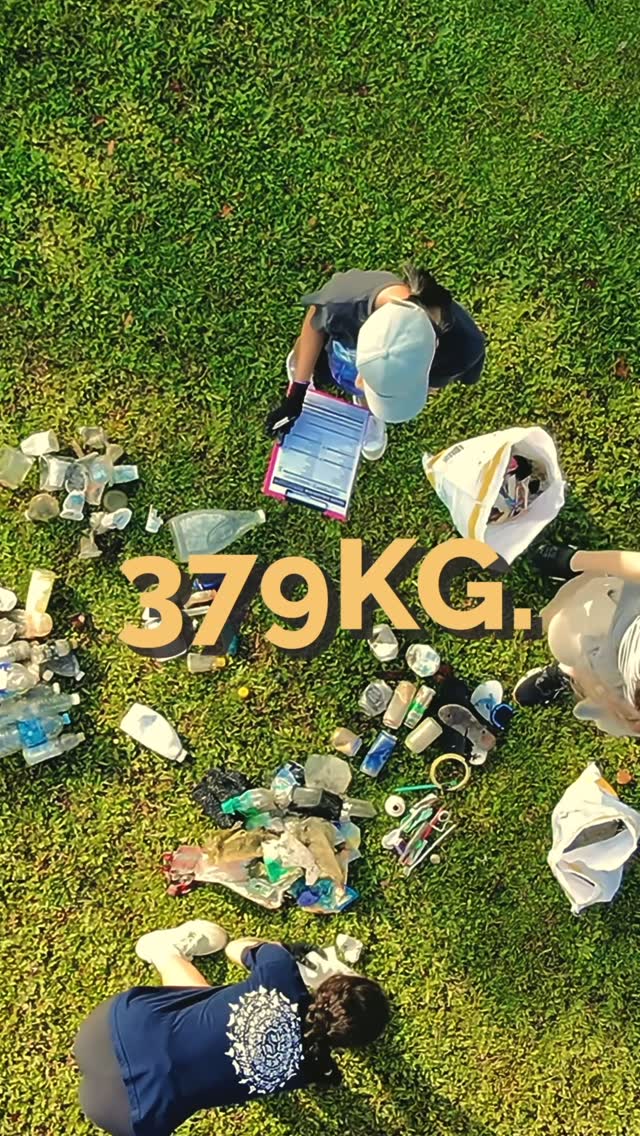- The impact of coastal cleanups on wildlife and ecosystems.
- The role of volunteers in environmental conservation efforts.
- Techniques and tools used in effective beach cleanups.
- The significance of reducing plastic pollution for marine life.
- Collaborative efforts in global conservation and environmental sustainability.
Every year, millions of tons of waste find their way into our oceans, wreaking havoc on marine ecosystems and endangering countless species. This year, a monumental initiative was undertaken to celebrate our planet by clearing 367 kilograms of trash from several beautiful coastal locations: Punggol Beach, Marina East, and Coney Island. The drive highlighted the profound impact of proactive efforts in waste reduction and showcased how communal involvement can catalyze broader environmental stewardship.
The cumulative effect of garbage, especially plastic, poses a formidable threat to wildlife and natural habitats. Marine animals often mistake plastics for food, leading to dire consequences such as ingestion and entanglement. When consumed, these plastics can cause internal injuries, reduce fertility, and even result in death. Additionally, the degradation of plastic items releases toxins into the water, which can accumulate in the food chain, ultimately affecting human health. Coastal cleanups, therefore, play an indispensable role in protecting wildlife by removing these hazards, ensuring our ecosystems remain vibrant and balanced.
The pivotal role of volunteers in environmental conservation cannot be overstated. Equipped with gloves, bags, and tongs, these dedicated individuals are the backbone of cleanup initiatives. Their efforts go beyond mere trash collection — they represent a powerful action against environmental degradation. By participating, volunteers not only contribute to cleaner beaches but also raise awareness about the ongoing threat of pollution. This ripple effect empowers more communities to engage in similar activities, promoting a global culture of environmental responsibility.
An effective beach cleanup operation relies on certain techniques and tools. Volunteers typically use tongs to safely handle harmful items and avoid direct contact with hazardous materials. Bags are then utilized for categorizing and collecting trash, with an emphasis on separating recyclables from general waste. Protective gloves are vital, ensuring participants maintain their safety while handling potentially dangerous debris like sharp cans or medical waste. The systematic approach helps maximize efficiency and safety, allowing volunteers to cover larger areas and gather significant amounts of litter in a short time.
The pressing need to reduce plastic pollution in our oceans cannot be ignored. Plastics, due to their non-biodegradable nature, persist in the environment for hundreds of years, slowly breaking down into microplastics. These tiny fragments are nearly impossible to remove and infiltrate marine and terrestrial ecosystems alike. The removal of plastic bottles, disposable cutlery, and cans from coastal areas significantly reduces the potential for further fragmentation and contamination. By curtailing plastic waste, we enhance the sustainability of marine life, ensuring their longevity and ecological roles remain intact.
Efforts to clean coastlines transcend local endeavors and contribute to broader global conservation goals. This movement is part of an intricate tapestry of initiatives aimed at restoring natural habitats, mitigating pollution, and fostering sustainable practices worldwide. The success of such projects increasingly relies upon collaborative partnerships between governments, NGOs, corporate entities, and local communities. Through unified actions and shared resources, these stakeholders can address environmental challenges more effectively and make tangible progress towards a healthier planet.
These coastal restorations are far more than emblematic acts; they are a call to action for individuals and organizations worldwide to take responsibility for environmental protection. By championing such initiatives, we pave the way for a future where natural beauty and biodiversity can thrive once more, free from the shackles of pollution. The planet stands to gain immeasurably from these endeavors, fostering a legacy of environmental sustainability for generations to come.
*****
Source Description
This we celebrated our planet by removing a total of 367kg of trash from our coastlines 💚
With their gloves, bags and tongs, our mighty volunteers picked up plastic bottles, disposable cutlery, cans and other items along Punggol Beach, Marina East and Coney Island. Together, we can clean up our beaches, one piece of trash at a time 🗑️


